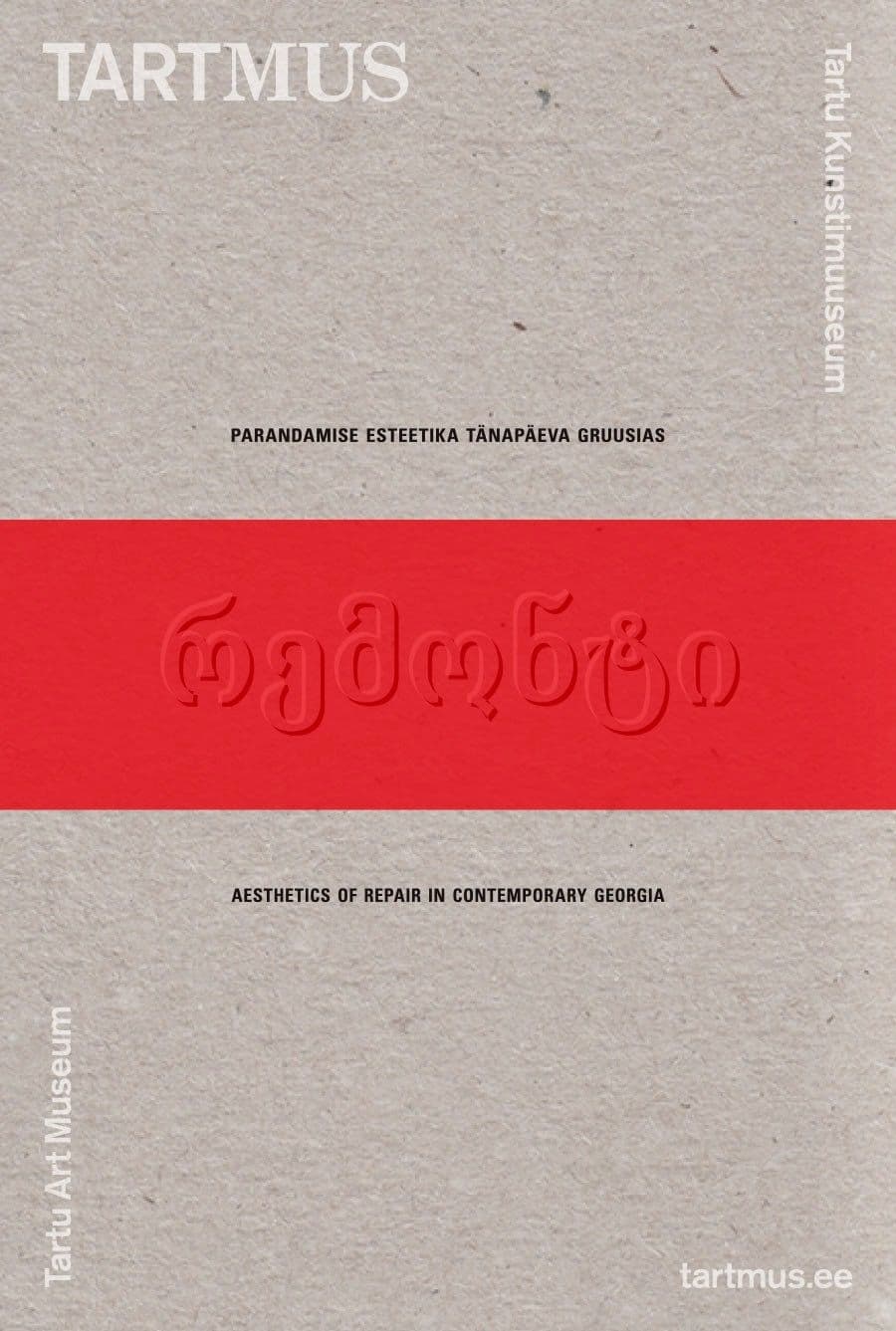
Aesthetics of Repair in Contemporary Georgia. With Marika Agu
Tartu Art Museum 2016
Aesthetics of Repair in Contemporary Georgia was an exhibition and a book-catalogue. It set out to reflect on the art and materiality of everyday survival in Tbilisi, outlining local notions of breakage, care and craftsmanship. At the level of the quotidian we found paradoxical expressions of material culture and a particular distress arising from the gap between the human desire to improve the actual situation and the suffering caused by not being able to do so. In this light, we explored micro-works of adaptation and a sense of distributed creativity — namely, the way that people make use of what is around them in order to cope with abrupt social changes. Also, we drew on such terms as scrappiness to describe those arrangements that constitute finality without being finished; khaltura, which expresses low-key engagements; and euroremont, a fixing practice that emerged subsequent to the desire to achieve a particular social status by following what seemed to be Western standards.
Praise
Aesthetics of Repair is a multi-layered concept that, on the one hand, conceptualizes the societal condition of transition where old values are no longer valid or desired even though new ones don’t yet exist or seem to exist somewhere else. On the other hand, it conceptualizes the newly found appreciation of old values and local histories, and the beauty that lies in repairing rather than replacing them: giving up one’s feelings of shame over the local and the old, and combining them with the worldly and the new. The fact that the exhibition title consists of two somewhat contradictory terms, aesthetics and repair is by no means arbitrary in this context. Here, the postcolonial is at work, but less as an adopted theory than as a developed mindset: becoming historically self-aware and culturally generative after a traumatic historical experience or continuing economic hardship. Considering how little resistance there has been in Eastern Europe to Western theory, such an attempt to create original terms and concepts from local contexts, and to reflect on the unique historical conditions of these countries, is both needed and welcome.
Liisa Kaljula, Art Margins
